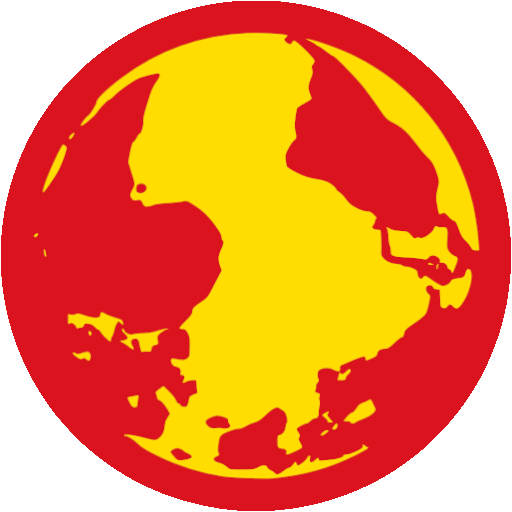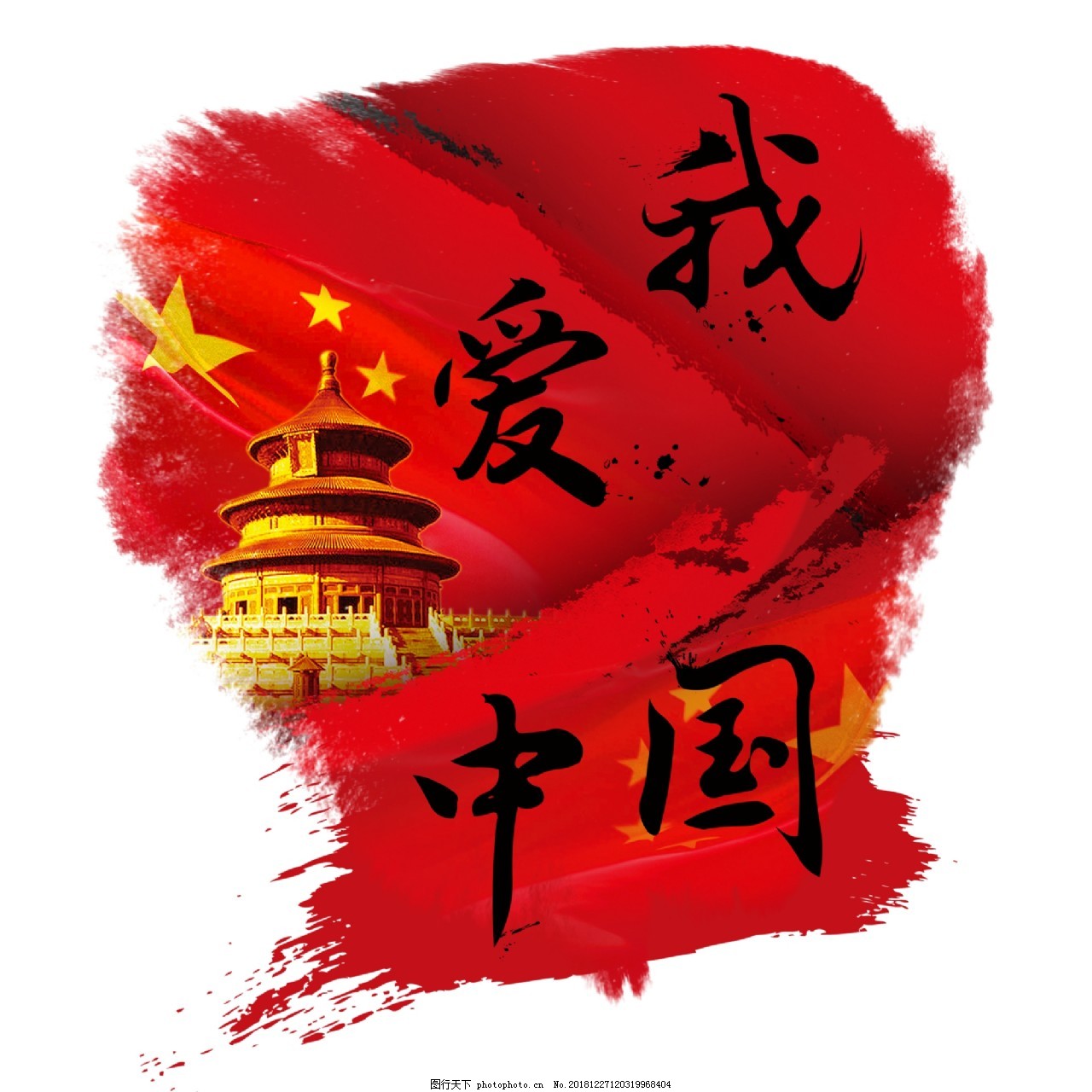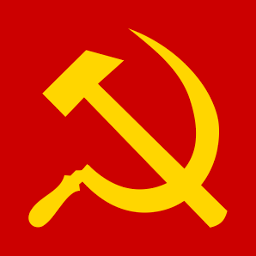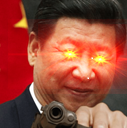

Putin to Lukashenko yesterday:
Putin: In the energy sector, unfortunately, we observed a series of attacks on our energy facilities and were forced to respond. I want to emphasize: even for humanitarian reasons, we did not carry out any strikes in winter, meaning that we did not want to leave social institutions, hospitals, and so on without power supply. But after a series of attacks on our energy facilities, we were forced to respond. But I repeat again: if everything comes back to solving those issues that we talked about initially, and they are related to energy issues, including the solution to one of the tasks that we set for ourselves, and this is demilitarization. First of all, we proceed from the fact that in this way we influence the defense industry of Ukraine, and directly. But if we do move on to some conversations, to resolving all issues in other ways - well, of course, as I have said many times, we are ready for this.
I think that they - the opposite side - to a certain extent painted themselves into a corner when they refused to negotiate in the hope of defeating Russia on the battlefield, inflicting a strategic defeat on it. Now they understand that this is impossible, they refused to negotiate and are now in a rather difficult situation. Our goal is not to put everyone in a difficult position; on the contrary, we are ready to work constructively. But of course, there can be no imposition on us of any position that is not based on reality.











Lenin lived, Lenin lives, and Lenin will live forever!
Ленин жив - Lenin lives. Only two people in history have ever been bestowed with this honor. The other person is Viktor Tsoi of KINO.